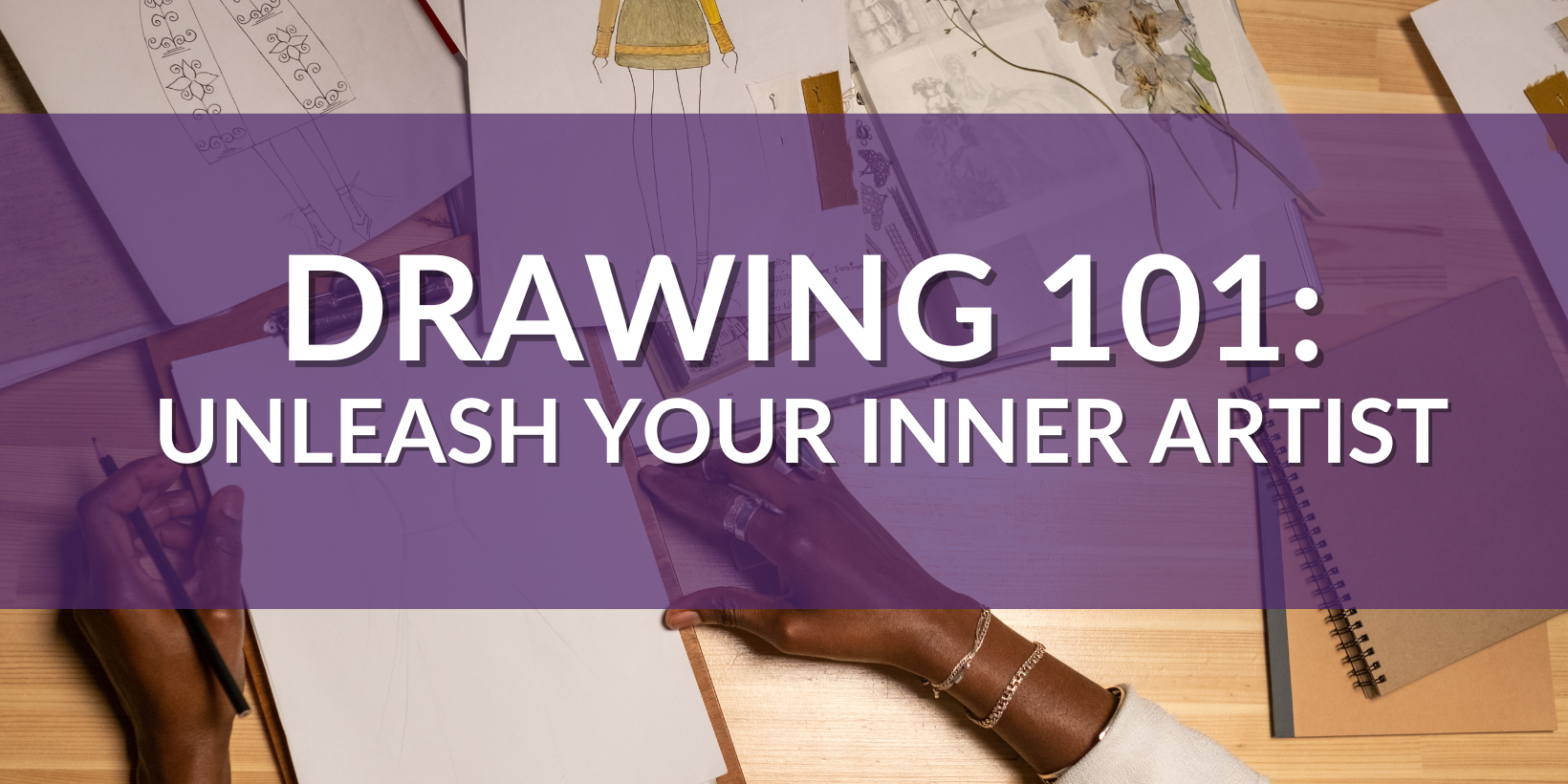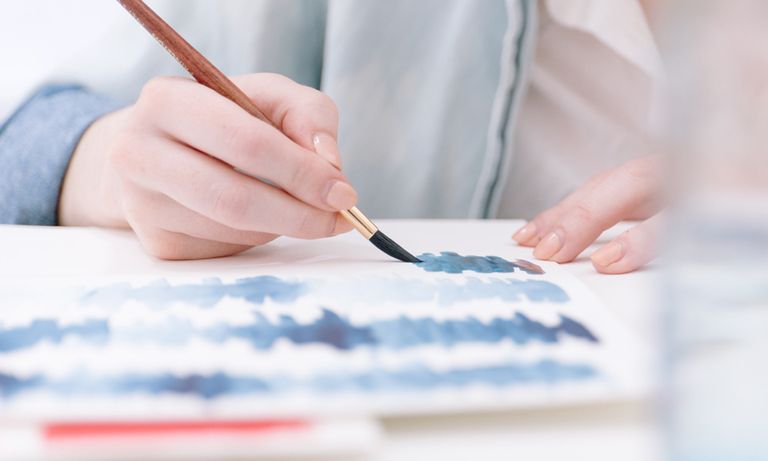In this auspicious occasion, we are delighted to delve into the intriguing topic related to Unleash Your Inner Artist: A Beginner’s Guide to Drawing. Let’s weave interesting information and offer fresh perspectives to the readers.
Introduction
Unleash Your Inner Artist: A Beginner’s Guide to Drawing

Welcome to the wonderful world of drawing! It’s a skill that can be learned by anyone, regardless of age or experience. I’m excited to guide you on this journey of artistic expression.
Why Draw?
You might be wondering, "Why bother learning to draw?" Well, the benefits are plentiful!
- Boost Your Creativity: Drawing is a fantastic way to unleash your imagination and turn those mental pictures into tangible creations. It allows you to express yourself freely, explore different ideas, and experiment with various styles.
- Improve Your Observation Skills: Drawing requires you to pay close attention to the world around you, noticing details you might have overlooked before. You’ll become more aware of shapes, textures, and light and shadow, sharpening your visual perception.
- Develop Fine Motor Skills: The act of drawing strengthens your hand-eye coordination and improves your dexterity. It’s a great way to exercise your brain and keep it sharp.
- Reduce Stress and Anxiety: Engaging in drawing can be a meditative experience, allowing you to focus on the present moment and forget your worries. It’s a relaxing and therapeutic activity that can help you de-stress and find inner peace.
- Boost Your Confidence: As you progress in your drawing skills, you’ll gain a sense of accomplishment and pride. This can lead to increased self-confidence and a belief in your own abilities.


Let’s Get Started!
Now that you understand the benefits, let’s dive into the basics. We’ll start with the essential tools:
- Paper: Choose a good quality drawing paper, preferably with a smooth surface for beginners. You can experiment with different textures as you progress.
- Pencils: A set of graphite pencils with varying degrees of hardness (like 2H, HB, 2B, 4B) will allow you to create different shades and lines.
- Eraser: A good eraser is essential for correcting mistakes and refining your drawings.
- Sharpener: A sharp pencil is crucial for precise lines and detailed work.

The Building Blocks of Drawing:
- Line: The foundation of drawing is the line. Practice drawing different types of lines: straight, curved, thick, thin, light, dark. Experiment with pressure and angles to create different effects.
- Shape: Shapes are formed by lines. Start by drawing basic shapes like circles, squares, triangles, and rectangles. Then move on to more complex shapes, combining and manipulating these basic forms.
- Form: Form refers to the three-dimensional appearance of an object. You can create the illusion of form by using shading and highlighting, which we’ll explore later.
- Value: Value refers to the lightness or darkness of a color. It’s crucial for creating depth and dimension in your drawings. Practice creating different values by applying varying pressure to your pencil.
- Perspective: Perspective is the way objects appear to shrink as they recede into the distance. Learning basic perspective techniques will help you create realistic and believable drawings.


Let’s Draw!
Now, let’s put these basics into practice. Here’s a simple exercise:
- Choose a subject: Pick a simple object like a fruit, a vase, or a cup.
- Observe: Study your subject carefully, noting its shapes, lines, and details.
- Sketch lightly: Use your pencil to make light outlines of your subject, focusing on the basic shapes.
- Add detail: Gradually add more detail to your drawing, refining the lines and adding shading.
- Practice: The key to improving your drawing skills is practice. Draw regularly, even if it’s just for a few minutes each day.
FAQ:
1. What if I’m not naturally talented at drawing?
- Don’t worry! Talent is overrated. Drawing is a skill that can be learned through practice and perseverance. Focus on enjoying the process and celebrating your progress.
2. What if I make mistakes?
- Mistakes are part of the learning process. Don’t be afraid to make them. Use your eraser to correct mistakes and learn from them.
3. What if I get frustrated?
- It’s okay to feel frustrated sometimes. Take a break, step away from your drawing, and come back to it later with a fresh perspective.
4. Where can I find inspiration?
- Look around you! Nature, everyday objects, and people are all great sources of inspiration. You can also find inspiration in art books, online galleries, and museums.
5. How do I know if I’m improving?
- Look back at your older drawings and compare them to your newer ones. You’ll likely see a noticeable improvement in your skills. Don’t be afraid to ask for feedback from others as well.
Remember, drawing is a journey, not a destination. Enjoy the process, be patient with yourself, and have fun!

Thus, we hope this article has provided valuable insights into Downloads Unleash Your Inner Artist: A Beginner’s Guide to Drawing. We hope you find this article informative and beneficial. See you in our next article!
 Apoteksangiran.my.id News Bisnis Technology Tutorial
Apoteksangiran.my.id News Bisnis Technology Tutorial